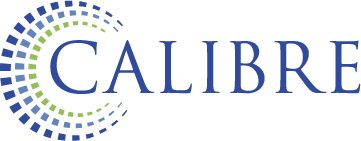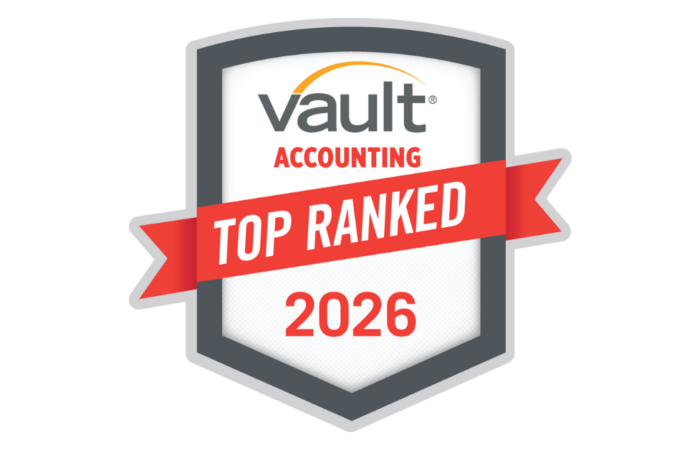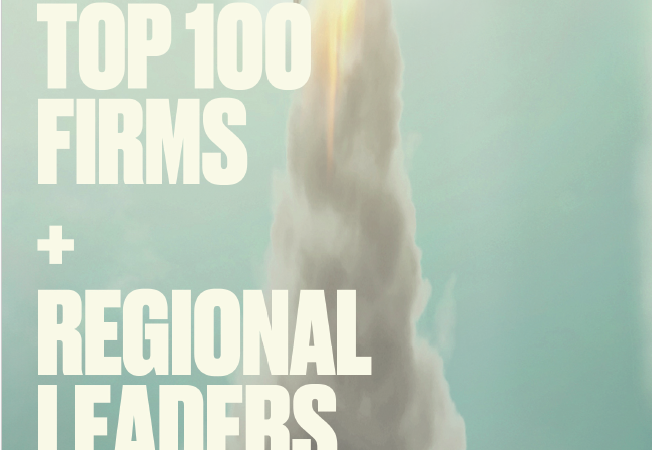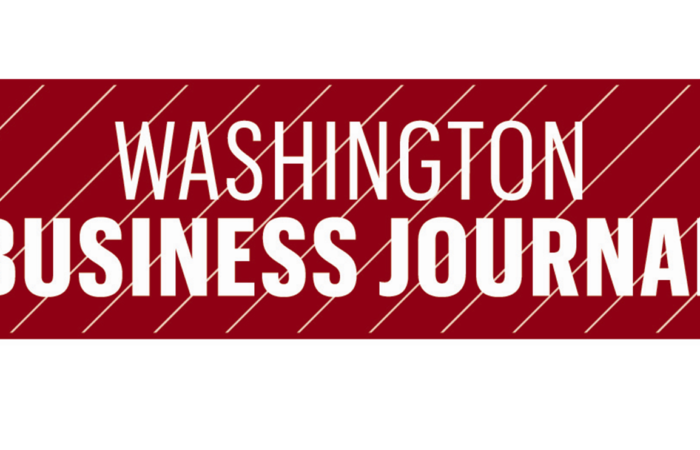The Office of Management and Budget (OMB) updated and revised guidance for federal financial assistance, including revisions to 2 CFR Part 200 Uniform Administrative Requirements, Cost Principles, and Audit Requirements for Federal Awards (the federal regulations surrounding single audits).
The OMB revised and updated the Uniform Guidance to incorporate recent federal policy priorities related to federal financial assistance and to reduce federal agency and recipient burden. The OMB also incorporated specific statutory requirements and clarified certain sections of the prior version of the Uniform Guidance that recipients or federal agencies have interpreted in different ways. In addition, it revised the use of plain language, improved flow, and addressed inconsistent use of terms within the Uniform Guidance text. Finally, the OMB made revisions to improve federal financial assistance management, transparency, and oversight through more accessible and readily understandable guidance.
The effective date for the revised Uniform Guidance is October 1, 2024. Changes to the audit threshold and Type A program threshold cannot be adopted until audits for years ending September 30, 2025, or later as prescribed by the 2024 OMB Compliance Supplement in Appendix VII.
What are the key revisions:
- Increased single audit threshold.
The threshold triggering the requirement for a Single Audit is increasing from $750,000 to $1,000,000. This means that only entities that annually expend $1 million or more of federal funds in their fiscal year will be subject to a Single Audit when this change goes into effect.
- Changes affecting non-federal entities:
- Internal Controls: Recipients and sub-recipients are now required to include cybersecurity and other measures to safeguard information in their internal controls.
- Indirect Costs: The de minimis rate for indirect costs has been raised from 10% to 15% of modified total direct costs.
- Changes affecting auditors:
- Major Program Determination: The threshold for determining Type A programs has increased to $1 million if the total annual expenditures of all federal programs for a non-federal entity are $34 million or less (previously $25 million or less).
- Terminology: The term “non-federal entity” has been replaced with either “recipient” and/or “subrecipient” throughout many sections of 2 CFR 200.
- Other changes made:
- Adjusted the exclusion threshold of subaward from $25,000 to $50,000 for modified total direct costs.
- Raised the threshold for determining items considered to be equipment from $5,000 to $10,000.
- Raised de minimis rate for indirect costs for recipients and subrecipients who do not have a current federal negotiated indirect costs rate (including provisional rate) from 10% to a maximum of 15% of modified total direct costs.
- Revised the definition and examples of questioned costs to clarify further how they are identified in an audit report.
- Revised the definition of period of performance to ema the time interval between the start and end date of a federal award.
- Added a requirement that when there are known questioned costs, but the dollar amount is undetermined or not reported, a description of why the dollar amount was undetermined or otherwise could not be reported should be included in the audit finding.
What are the next steps:
Organizations subject to a Single Audit should review the changes applicable to them and revise their policies, procedures, and internal controls accordingly.
Non-federal entities should discuss the changes with the auditors prior to the effective date to help ensure a successful implementation.
Please contact the Calibre team for more information and guidance.
Article Prepared By:
Lila Leno, CPA | Partner





